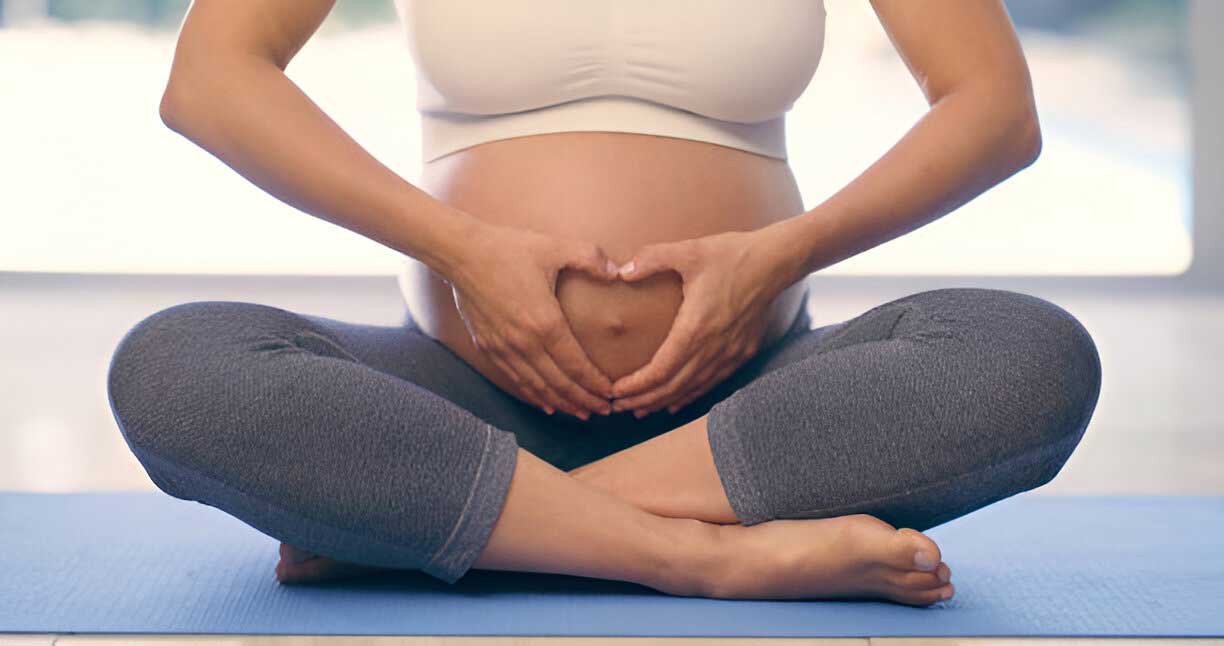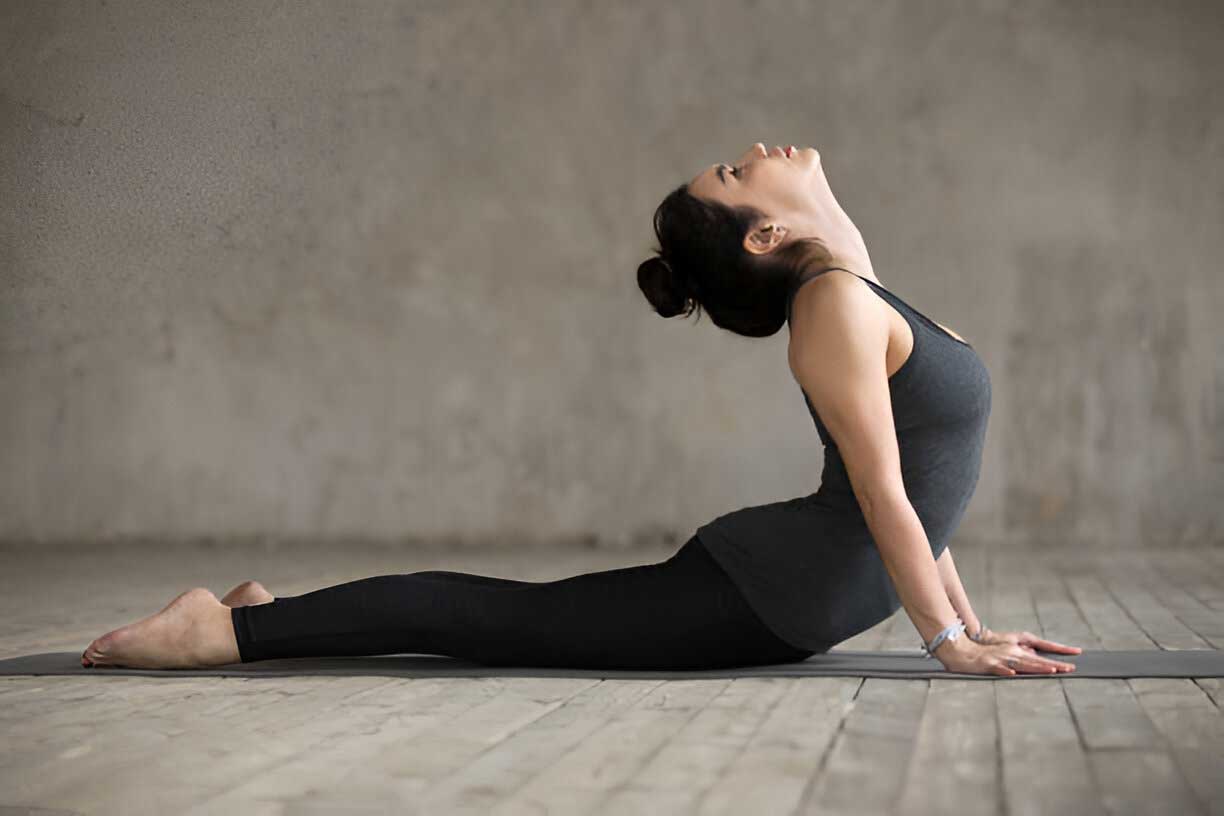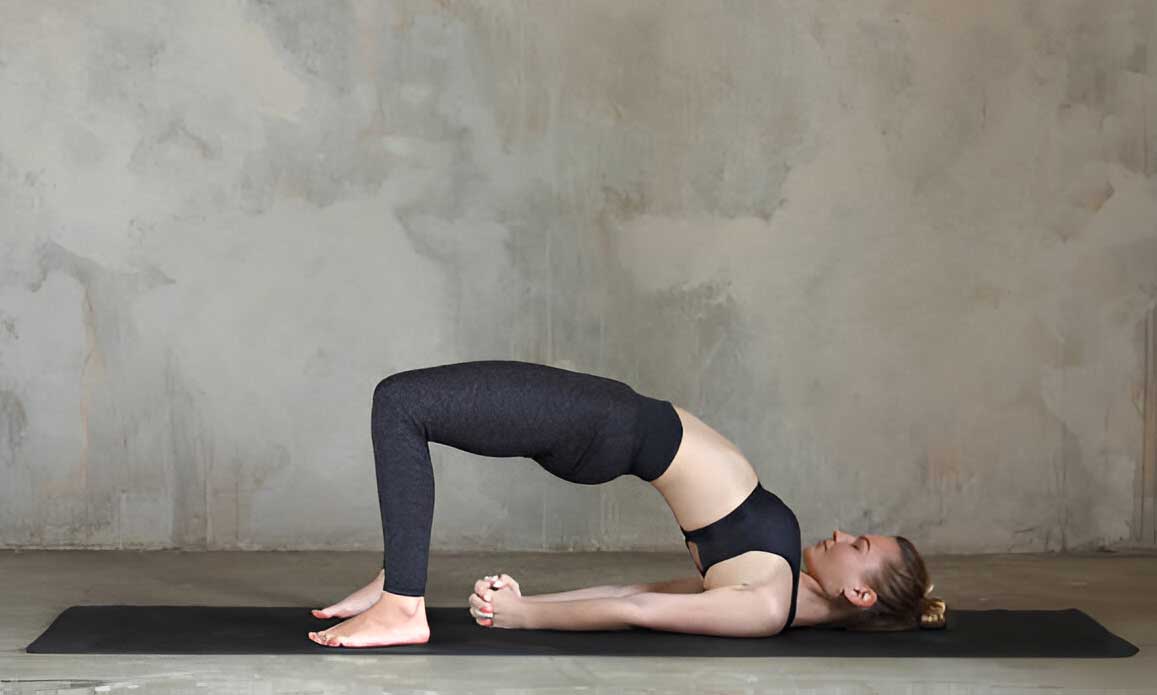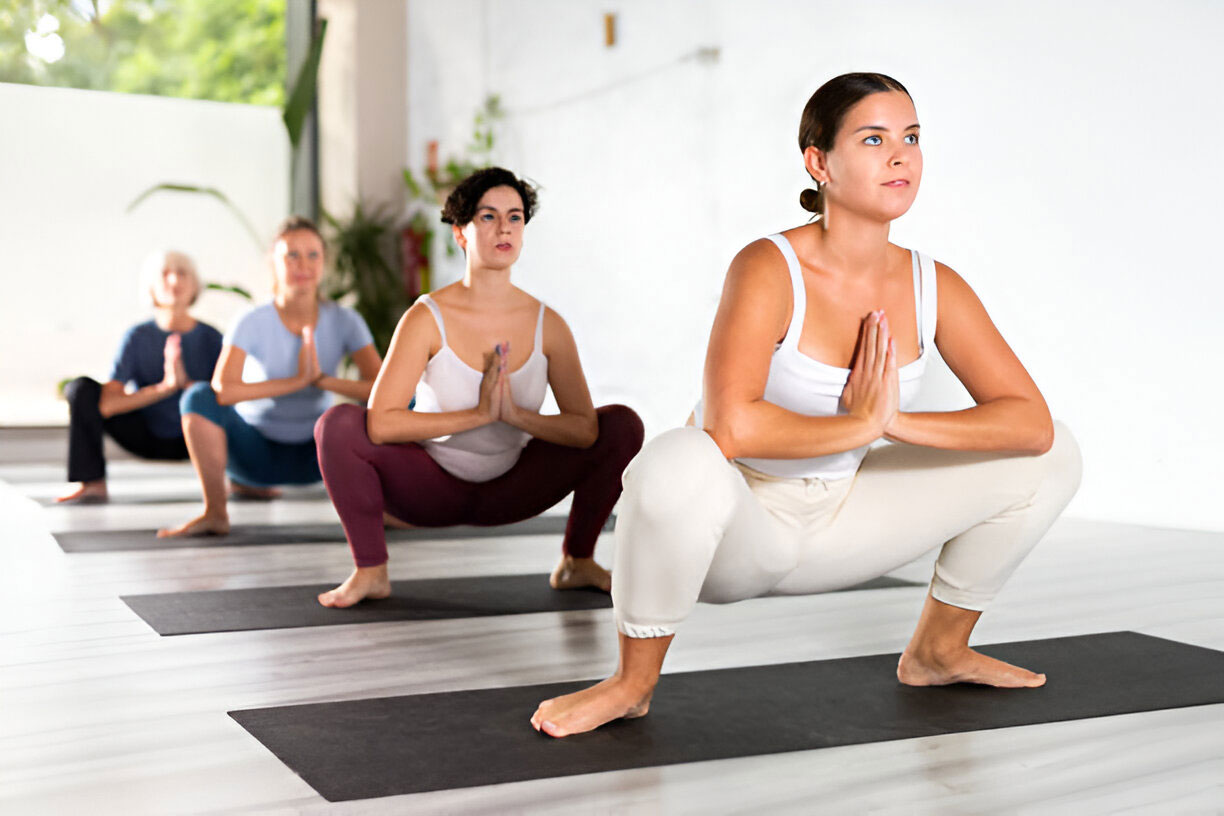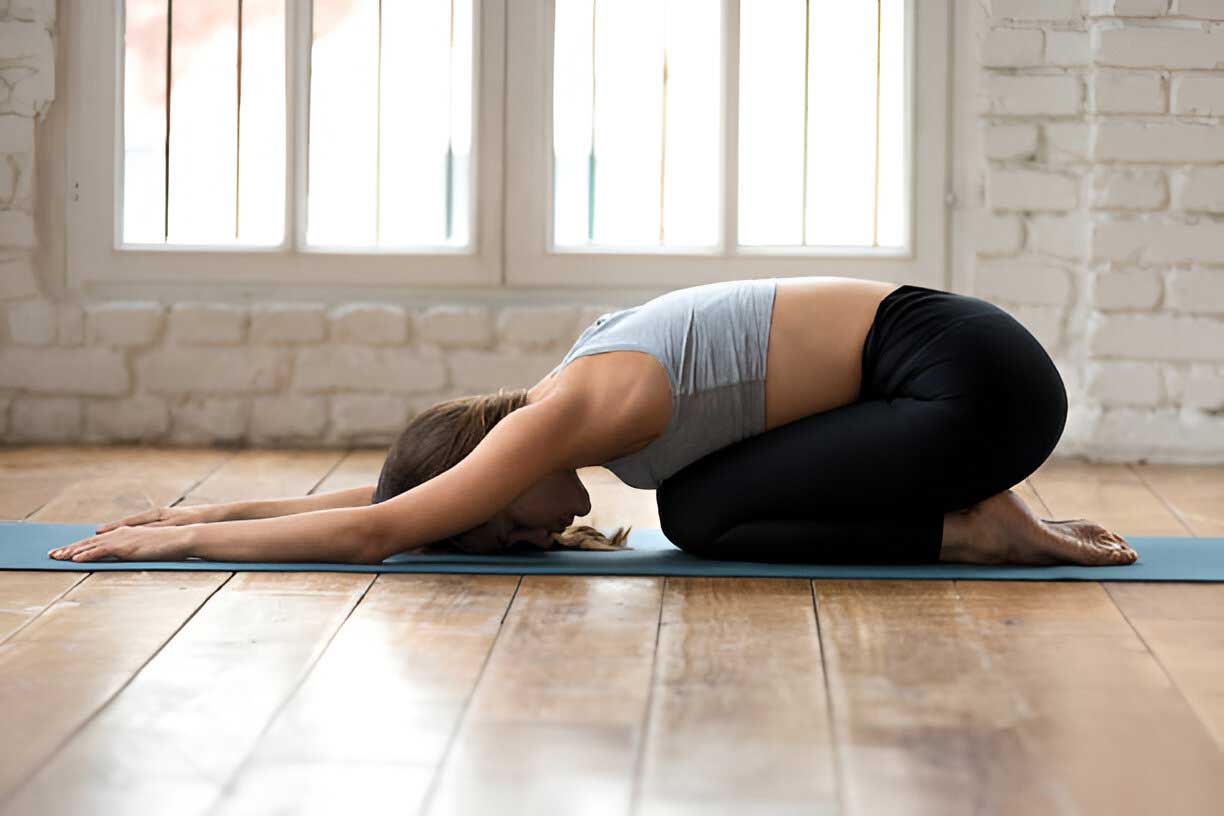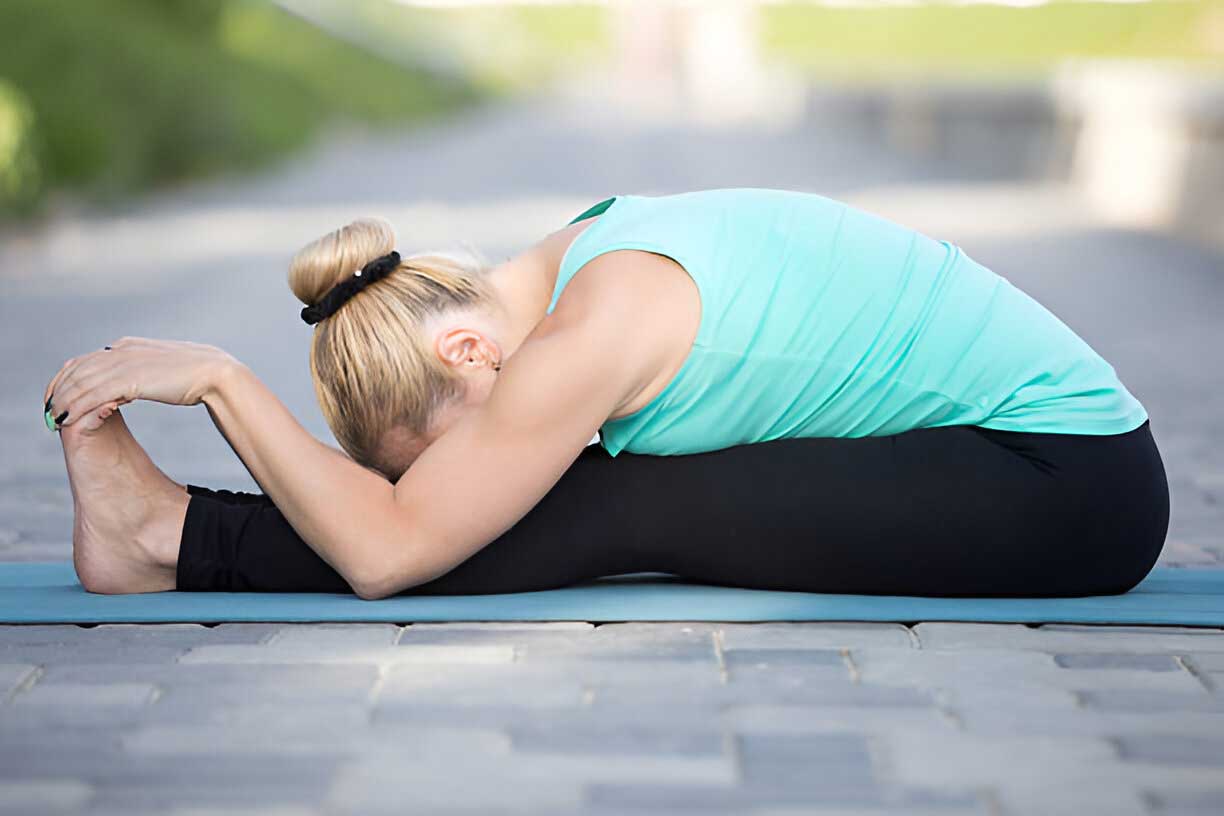How Does Yoga Benefit the Reproductive System?
Yoga, a practice originating from ancient India, offers a holistic approach to health and wellness. It benefits not only physical health but also mental and emotional well-being. The reproductive system, a vital part of human health, can greatly benefit from regular yoga practice. Yoga supports reproductive health by enhancing hormonal balance, reducing stress, improving circulation, and promoting relaxation. This article explores how yoga benefits the reproductive system and provides detailed steps for specific yoga poses that can help improve reproductive health.
Benefits of Yoga for the Reproductive System
- Hormonal Balance: Yoga helps regulate the endocrine system, which controls hormones. Hormonal balance is crucial for reproductive health, influencing menstruation, ovulation, and fertility. Regular practice of yoga can help stabilize hormone levels, reducing issues like irregular periods and hormonal imbalances.
- Stress Reduction: Stress is a significant factor affecting reproductive health. Chronic stress can lead to hormonal imbalances, affecting ovulation and fertility. Yoga promotes relaxation and reduces stress by activating the parasympathetic nervous system. Practices like deep breathing, meditation, and gentle yoga poses can lower cortisol levels, the stress hormone, thus supporting reproductive health.
- Improved Circulation: Good blood circulation is essential for the reproductive organs. Yoga improves blood flow to the pelvic region, enhancing the health of the reproductive organs. This increased circulation can support better ovulation, healthy menstruation, and improved fertility.
- Detoxification: Yoga aids in detoxification, which is essential for maintaining a healthy reproductive system. Certain yoga poses stimulate the lymphatic system and improve digestion, helping the body eliminate toxins that can affect reproductive health.
- Strengthening Pelvic Muscles: Yoga strengthens the pelvic floor muscles, which support the uterus, bladder, and intestines. Strong pelvic muscles are essential for reproductive health, particularly during pregnancy and childbirth. Yoga poses that focus on the pelvic area can help maintain muscle tone and flexibility.
Specific Yoga Poses for Reproductive Health
Several yoga poses specifically benefit the reproductive system. Below are detailed steps for each pose, explaining how they support reproductive health.
1. Supta Baddha Konasana (Reclining Bound Angle Pose):
Benefits: This pose opens the hips and improves blood flow to the pelvic region. It helps relieve menstrual discomfort and promotes relaxation.
How to Do:
- Lie on your back with your legs extended.
- Bend your knees and bring the soles of your feet together, allowing your knees to drop open.
- Place your hands on your belly or by your sides.
- Hold this pose for 5-10 minutes, breathing deeply and allowing your body to relax.
2. Viparita Karani (Legs Up the Wall Pose):
Benefits: This restorative pose improves circulation to the pelvic area, reduces stress, and promotes relaxation.
How to Do:
- Sit close to a wall and lie on your back.
- Extend your legs up the wall, keeping them straight.
- Rest your arms by your sides or place them on your belly.
- Hold this pose for 5-15 minutes, focusing on deep, even breaths.
3. Bhujangasana (Cobra Pose):
Benefits: Cobra Pose strengthens the pelvic region, stimulates the ovaries, and improves blood circulation.
How to Do:
- Lie face down with your legs extended and feet together.
- Place your palms under your shoulders, elbows close to your body.
- Inhale and lift your chest off the ground, keeping your lower body grounded.
- Hold the pose for 15-30 seconds, then release and repeat 3-5 times.
4. Setu Bandhasana (Bridge Pose):
Benefits: This pose strengthens the pelvic floor muscles, improves circulation to the reproductive organs, and balances hormones.
How to Do:
- Lie on your back with your knees bent and feet flat on the floor, hip-width apart.
- Press your feet into the floor and lift your hips towards the ceiling.
- Clasp your hands under your back and roll your shoulders under.
- Hold the pose for 30-60 seconds, then slowly lower your hips back down.
5. Uttanasana (Standing Forward Bend):
Benefits: This pose increases blood flow to the pelvic region and helps relieve stress and anxiety.
How to Do:
- Stand with your feet hip-width apart.
- Inhale and lengthen your spine; as you exhale, bend forward from the hips.
- Allow your head and arms to hang towards the floor, keeping your knees slightly bent.
- Hold the pose for 30-60 seconds, breathing deeply.
6. Malasana (Garland Pose):
Benefits: This deep squat opens the hips, strengthens the pelvic floor, and improves circulation to the reproductive organs.
How to Do:
- Stand with your feet slightly wider than hip-width apart.
- Bend your knees and lower your hips into a deep squat, keeping your heels on the ground.
- Bring your palms together in front of your chest, pressing your elbows against your inner knees.
- Hold the pose for 30-60 seconds, focusing on your breath.
7. Balasana (Child’s Pose):
Benefits: This resting pose promotes relaxation, reduces stress, and gently stretches the lower back and hips.
How to Do:
- Kneel on the floor with your big toes touching and knees spread apart.
- Sit back on your heels and extend your arms forward, lowering your torso between your thighs.
- Rest your forehead on the floor and breathe deeply for 1-3 minutes.
8. Paschimottanasana (Seated Forward Bend):
Benefits: This pose stretches the lower back, hamstrings, and pelvic region, promoting relaxation and improving circulation.
How to Do:
- Sit on the floor with your legs extended straight in front of you.
- Inhale and lengthen your spine; as you exhale, hinge at your hips and reach for your feet.
- Hold the pose for 30-60 seconds, breathing deeply and allowing your body to relax.
9. Nadi Shodhana (Alternate Nostril Breathing):
Benefits: This breathing technique balances the nervous system, reduces stress, and promotes hormonal balance.
How to Do:
- Sit in a comfortable position with your spine straight.
- Close your right nostril with your right thumb and inhale deeply through your left nostril.
- Close your left nostril with your right ring finger and release your right nostril, exhaling through it.
- Inhale through your right nostril, then close it and exhale through your left.
- Continue for 5-10 minutes, focusing on your breath.
10. Savasana (Corpse Pose):
Benefits: This final relaxation pose allows the body to integrate the benefits of the yoga practice, reducing stress and promoting overall well-being.
How to Do:
- Lie on your back with your legs extended and arms by your sides.
- Close your eyes and focus on your breath, allowing your body to relax completely.
- Stay in this pose for 5-10 minutes, breathing deeply and slowly.
Incorporating Yoga into Your Daily Routine
To experience the full benefits of yoga for the reproductive system, it’s essential to practice regularly. Aim to incorporate these yoga poses into your daily routine, even if only for a few minutes each day. Consistency is key to seeing improvements in reproductive health.
- Morning Practice: Start your day with a gentle yoga practice to improve circulation and energy flow. Poses like Viparita Karani, Bhujangasana, and Setu Bandhasana can help awaken your body and prepare you for the day.
- Evening Practice: In the evening, focus on relaxation and stress reduction. Poses like Supta Baddha Konasana, Balasana, and Savasana can help calm your mind and body, promoting restful sleep.
- Breathing Exercises: Incorporate Nadi Shodhana into your daily routine to balance your nervous system and promote hormonal balance. This can be practiced in the morning or evening, or whenever you need to relax and center yourself.
- Weekly Routine: Aim to practice each of the mentioned poses at least three times a week. If time allows, consider joining a yoga class focused on reproductive health or women’s health, where you can receive guidance from an experienced instructor.
Additional Tips for Supporting Reproductive Health
In addition to yoga, several lifestyle changes can further support reproductive health. Consider incorporating the following practices into your daily life:
- Healthy Diet: Eat a balanced diet rich in fruits, vegetables, whole grains, and lean proteins. Include foods that support hormonal balance, such as flaxseeds, nuts, leafy greens, and whole grains.
- Regular Exercise: Engage in regular physical activity to maintain a healthy weight and improve circulation. Activities like walking, swimming, and cycling complement yoga and promote overall reproductive health.
- Adequate Sleep: Ensure you get 7-8 hours of quality sleep each night. Adequate rest is crucial for hormonal balance and overall well-being.
- Hydration: Drink plenty of water throughout the day to stay hydrated and support detoxification. Proper hydration is essential for healthy circulation and reproductive function.
- Stress Management: Incorporate stress-reducing activities like meditation, deep breathing, and mindfulness into your daily routine. Managing stress effectively is vital for maintaining hormonal balance and reproductive health.
- Regular Check-ups: Schedule regular check-ups with your healthcare provider to monitor your reproductive health. Early detection of any issues can lead to more effective treatment and better outcomes.
Conclusion
Yoga offers numerous benefits for the reproductive system by promoting hormonal balance, reducing stress, improving circulation, and strengthening pelvic muscles. By incorporating specific yoga poses into your daily routine, you can enhance your reproductive health and overall well-being. Remember to practice regularly, maintain a healthy lifestyle, and consult with a healthcare provider if you have any concerns about your reproductive health.
By following these guidelines and practicing yoga with consistency, you can support your reproductive health and experience the many benefits yoga offers for overall wellness.

